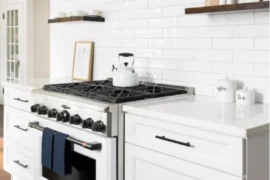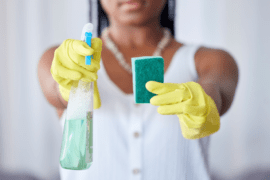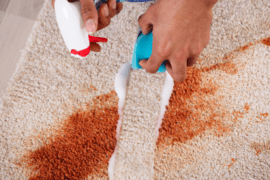Cleaning sticky cabinets can be a daunting task, but it’s something we all have to tackle at some point. Over time, kitchen cabinets can accumulate grease, grime, and other residues that create a sticky surface. If you’ve ever found yourself wondering how to clean sticky cabinets effectively, you’re not alone. This guide will walk you through the process, ensuring your cabinets look fresh and clean without causing any damage.
Understanding the Cause of Sticky Cabinets and How to Prevent It
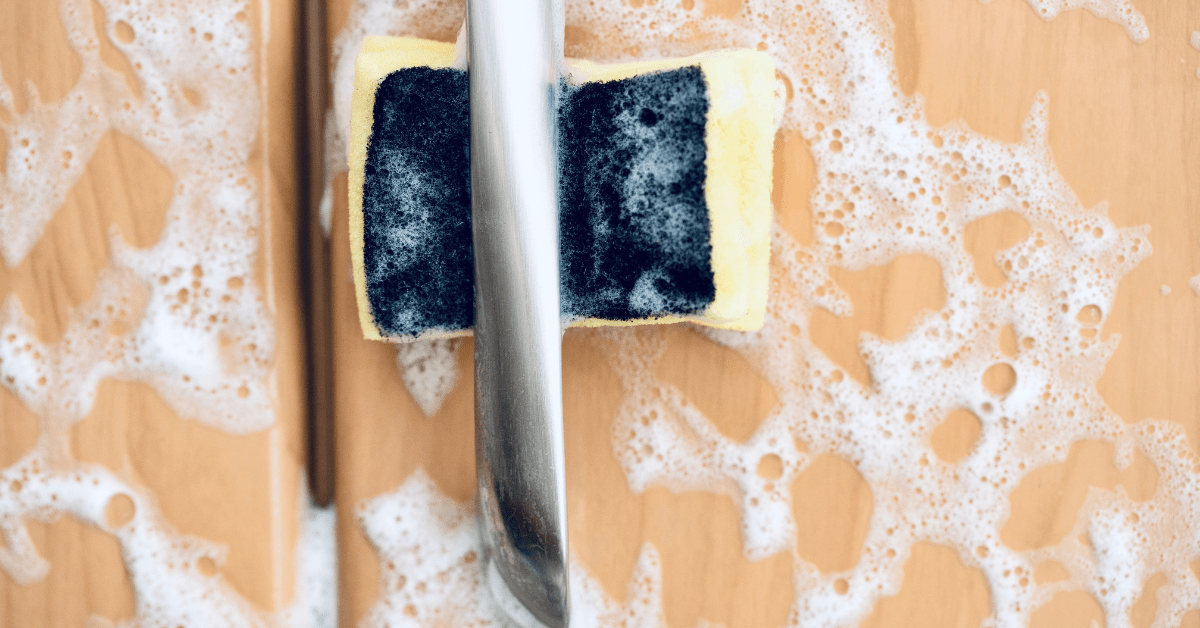
Sticky cabinets are often the result of cooking oils and grease that settle on surfaces over time. When you cook, tiny particles of oil and grease become airborne and eventually land on your cabinets. Combine this with dust and other kitchen residues, and you have a recipe for sticky, grimy surfaces. The good news is that with the right approach, you can clean sticky cabinets and prevent future build-up.
To minimize the accumulation of grease and grime, regularly wipe down your cabinets. A damp cloth with a mild detergent can help maintain their cleanliness. Additionally, consider using a kitchen hood or vent to reduce the amount of airborne grease that can settle on surfaces. Regular maintenance will save you time and effort in the long run.
Essential Supplies Needed to Effectively Clean Sticky Kitchen Cabinets
Before you start cleaning, gather all the necessary supplies. Having the right tools and cleaning agents will make the process smoother and more efficient. Here’s what you’ll need:
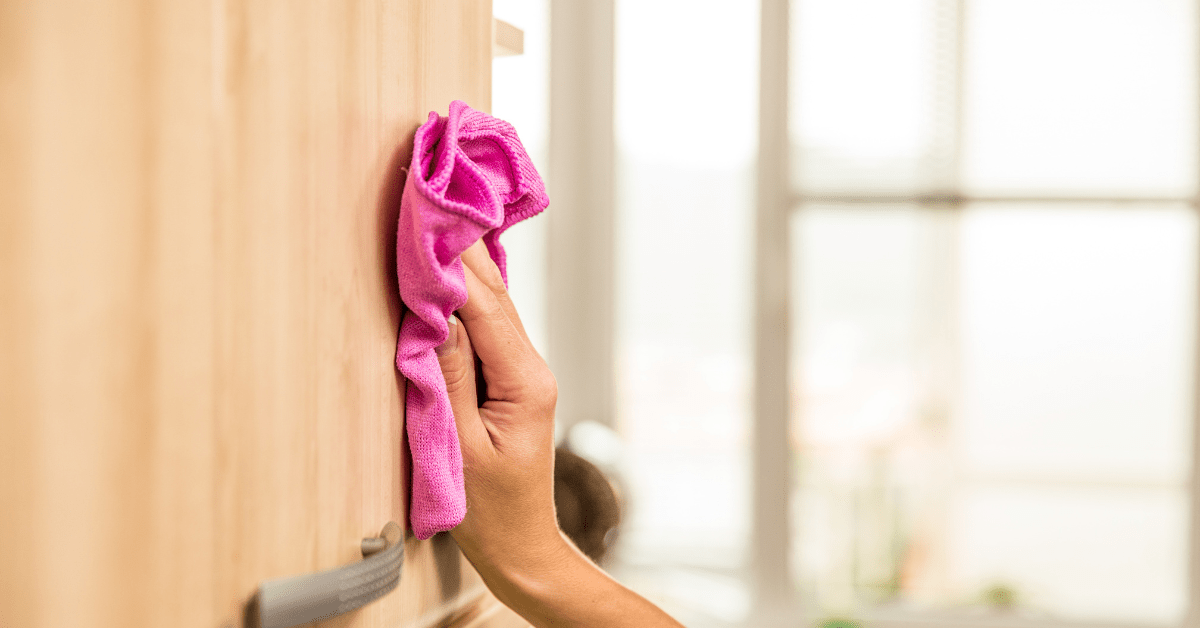
- Mild dish soap
- Warm water
- Baking soda
- White vinegar
- A soft cloth or sponge
- A toothbrush for hard-to-reach areas
- A dry microfiber cloth for drying
These supplies are gentle on your cabinets yet effective at cutting through grease and grime. Avoid using harsh chemicals or abrasive scrubbers, as they can damage the finish of your cabinets. With your supplies ready, you’re all set to tackle the sticky mess.
Step-by-Step Guide to Clean Sticky Cabinets Without Damaging the Surface
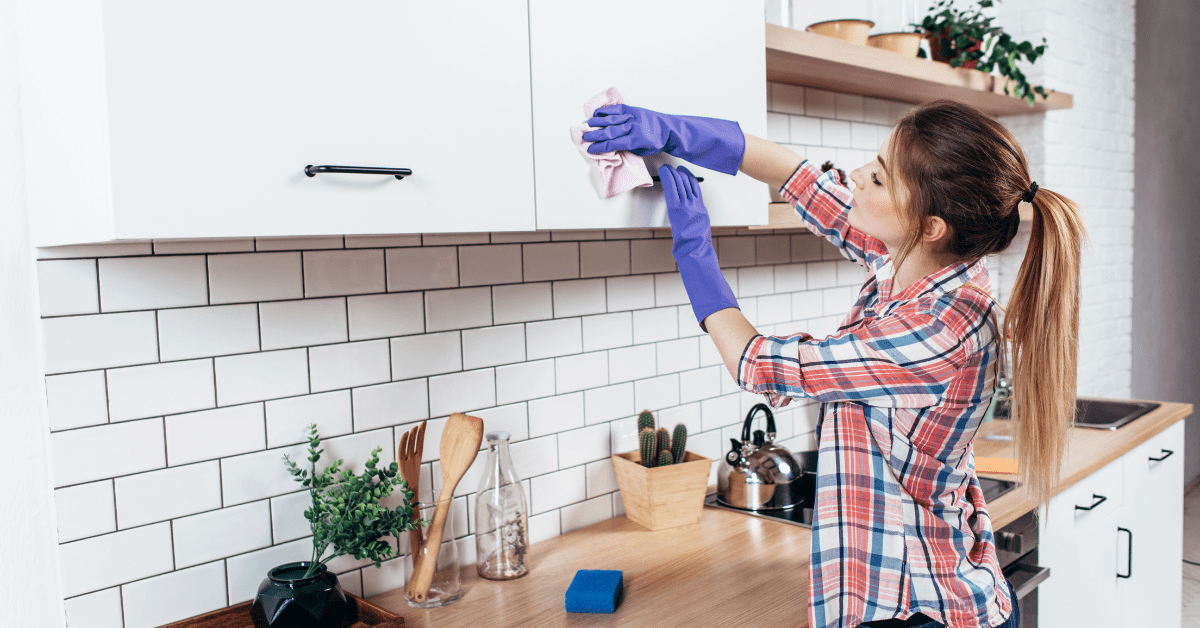
Here are the basic steps for cleaning sticky cabinets:
- Start by mixing a few drops of mild dish soap with warm water.
- Dip a soft cloth or sponge into the soapy water and wring it out until it’s damp, not soaking wet.
- Wipe down the cabinet surfaces, focusing on the sticky areas.
- If the grease is stubborn, apply a bit more pressure, but be careful not to scrub too hard.
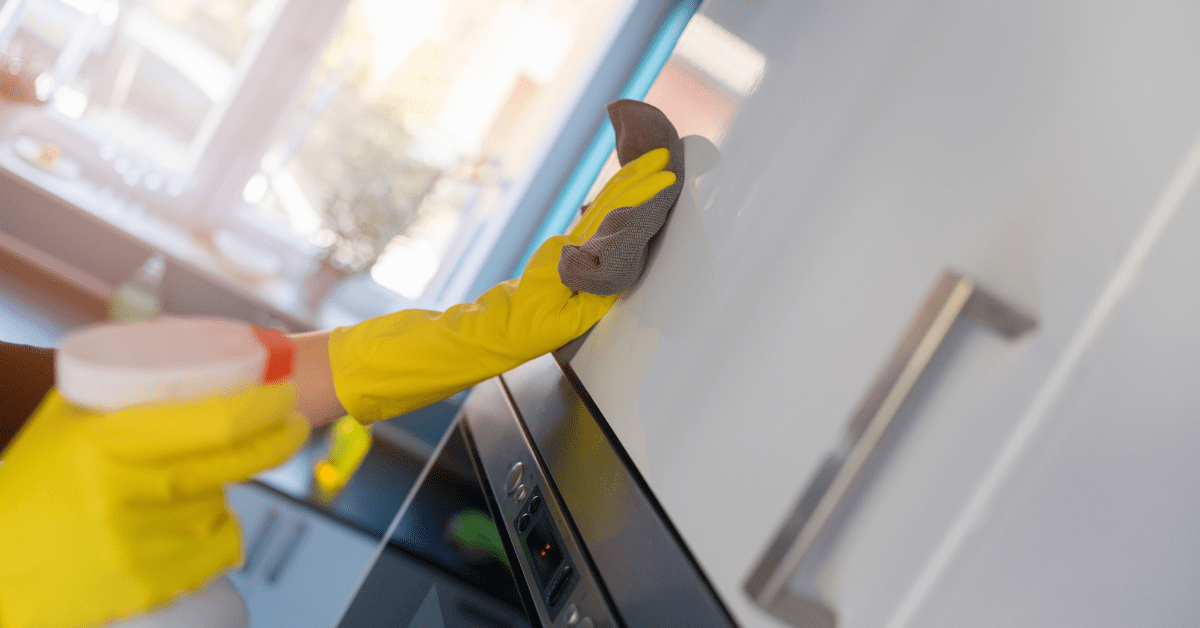
Although the basic method usually works best for maintaining your cabinets’ cleanliness, you will sometimes need a different approach for tough spots. Follow these steps for cabinets with tough stains:
- For particularly tough spots, make a paste using baking soda and water.
- Apply the paste to the sticky areas and let it sit for a few minutes.
- Then, gently scrub with a toothbrush. (Baking soda is a gentle abrasive that can help lift away the grime without scratching the surface.)
- Once you’re satisfied with the cleanliness, wipe away any residue with a clean, damp cloth.
Natural Cleaning Solutions That Are Safe and Effective for Sticky Cabinets
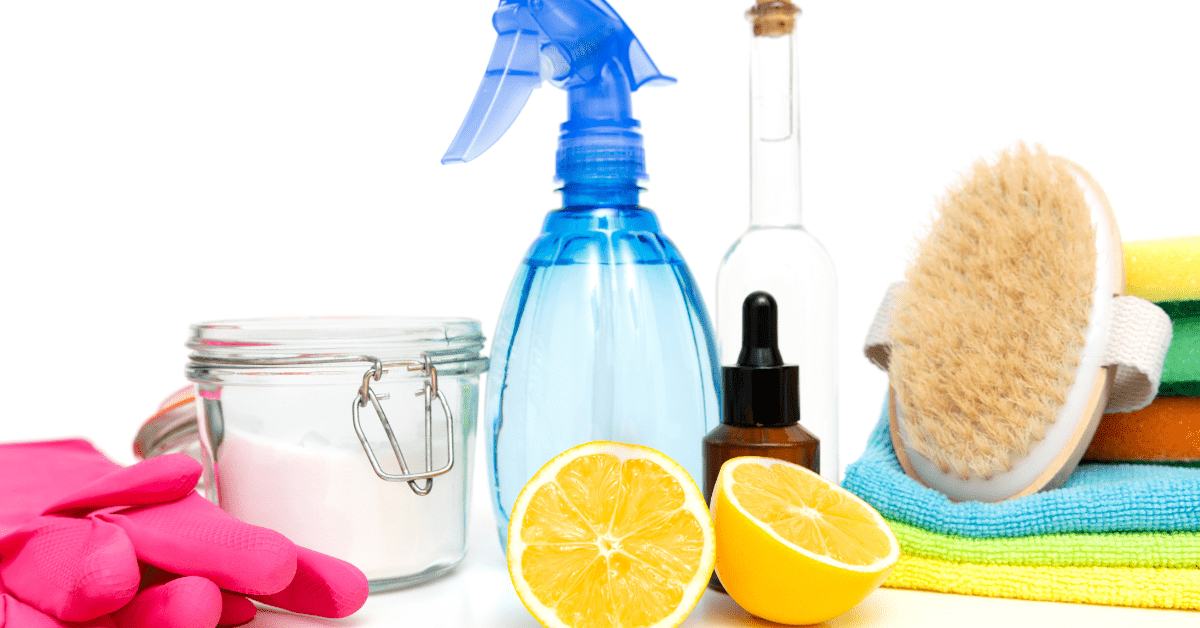
If you prefer natural cleaning solutions, white vinegar is an excellent option. Mix equal parts white vinegar and warm water in a spray bottle. Spray the solution onto the sticky areas and let it sit for a few minutes. The acidity of the vinegar will help break down the grease. After a few minutes, wipe away the solution with a damp cloth.
Another natural option is using lemon juice combined with baking soda. The acidity of the lemon juice, paired with the gentle abrasiveness of baking soda, makes for an effective cleaning duo. Apply this mixture to the sticky spots, let it sit, and then scrub gently before wiping clean. These natural solutions are not only effective but also safe for both your cabinets and the environment.
Regular Maintenance Tips to Keep Your Kitchen Cabinets Clean and Grease-Free
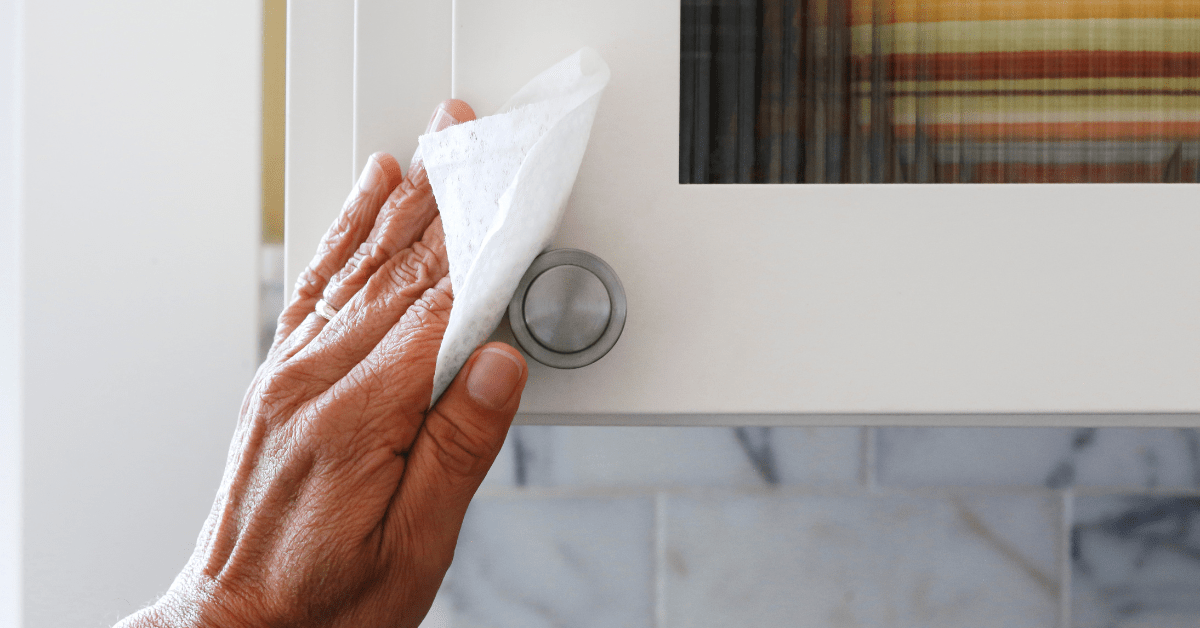
To keep your cabinets in pristine condition, regular maintenance is key. Make it a habit to wipe down the cabinets at least once a week with a damp cloth and mild detergent. This routine will prevent the build-up of grease and grime, making deep cleaning sessions less frequent and less intensive.
Additionally, always clean up spills and splatters immediately to prevent them from hardening and becoming more difficult to remove. Using a kitchen hood or vent fan while cooking will also help reduce the amount of airborne grease. By following these simple maintenance tips, you can enjoy clean, grease-free cabinets year-round.
Related Articles
- Tile Grout Cleaner for Sparkling Cleanliness in Any Room
- 6 Sleek Storage Solutions for Cleaning Supplies
- How to Use Glass Cleaner for Keeping Shower Doors Stylish and Clean
Cleaning sticky cabinets may seem like a chore, but with the right approach and supplies, it’s a manageable task that can greatly improve the look and feel of your kitchen. By understanding the causes, gathering the necessary supplies, following a step-by-step cleaning process, and incorporating regular maintenance, you can keep your cabinets looking their best. So roll up your sleeves and give your cabinets the TLC they deserve. Your kitchen will thank you for it!
Turn your house into the home of your dreams. Our newsletter provides you with design ideas and decor trends. Subscribe now to start your journey to a stunning home! Click here to subscribe now.
